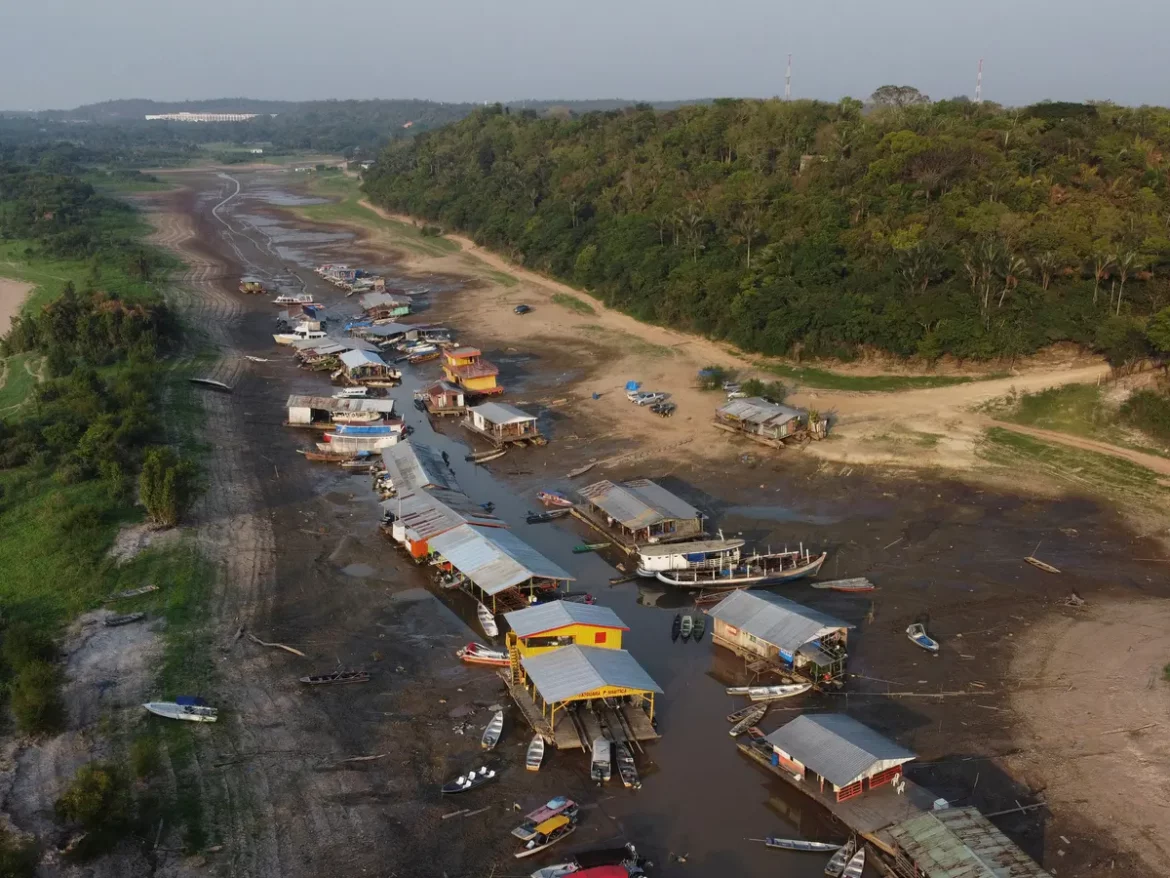A new study that warns of a “critical slowing down” of this globally important ecosystem has found that more than a third of the Amazon rainforest is struggling to recover from drought.
The signs of weakening resilience raise concerns that the world’s greatest tropical forest – and biggest terrestrial carbon sink – is degrading towards a point of no return, according to findings of the research.
The research follows four supposedly “one-in-a-century” dry spells in less than 20 years, highlighting how a human-disrupted climate is putting unusually intense strains on trees and other plants, many of which are dying of dehydration.
In the past, the canopy of the South American tropical forest, which covers an area equivalent to about half of Europe, would shrink and expand in tandem with the annual dry and rainy seasons. It also had the capacity to bounce back from a single drought.
But in recent times, recoveries have become more sluggish because droughts are growing more intense in the south-east of the Amazon and more frequent in the north-west.
Read also: Scientists find Eagles shifting flight paths to avoid Ukraine conflict
The new paper, which was published in Proceedings of the National Academy of Sciences, examines satellite images of vegetation activity from 2001 to 2019. Tens of thousands of pixels, each covering a 25-sq km (9.65-sq mile) area, were analysed on a month-by-month basis and correlated with local rainfall data.
The authors’ goal was to investigate how “the frequency, intensity, or duration of droughts contributes to stability loss of Amazon vegetation”.
They found 37% of the mature vegetation in the region exhibited a slowing-down trend. While the patterns varied from area to area, they concluded that the highly deforested and degraded south-eastern Amazon was most vulnerable to a “tipping event”: in other words, a calamitous decline of the tropical rainforest to a different, drier state.
Their research further found drought intensity was a more significant factor than drought frequency, though a combination of the two was most destabilising.
The paper’s lead author, Johanna Van Passel, said the satellite images only showed part of the true picture, and the situation below the canopy could be more severe. “Trees are the last part of the ecosystem to show tipping points because they have the longest life cycle and are most able to cope,” she said. “If we are already seeing a tipping point getting closer at this macro forest level, then it must be getting worse at a micro level.”
Story was adapted from the Guardian.
